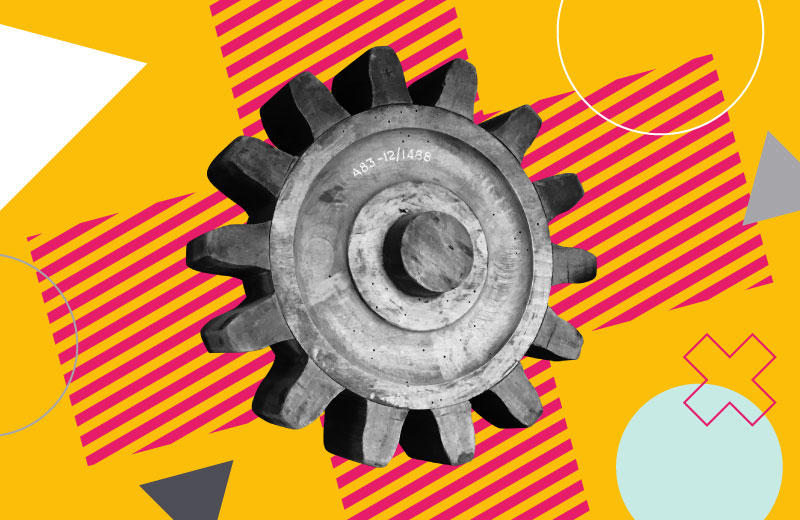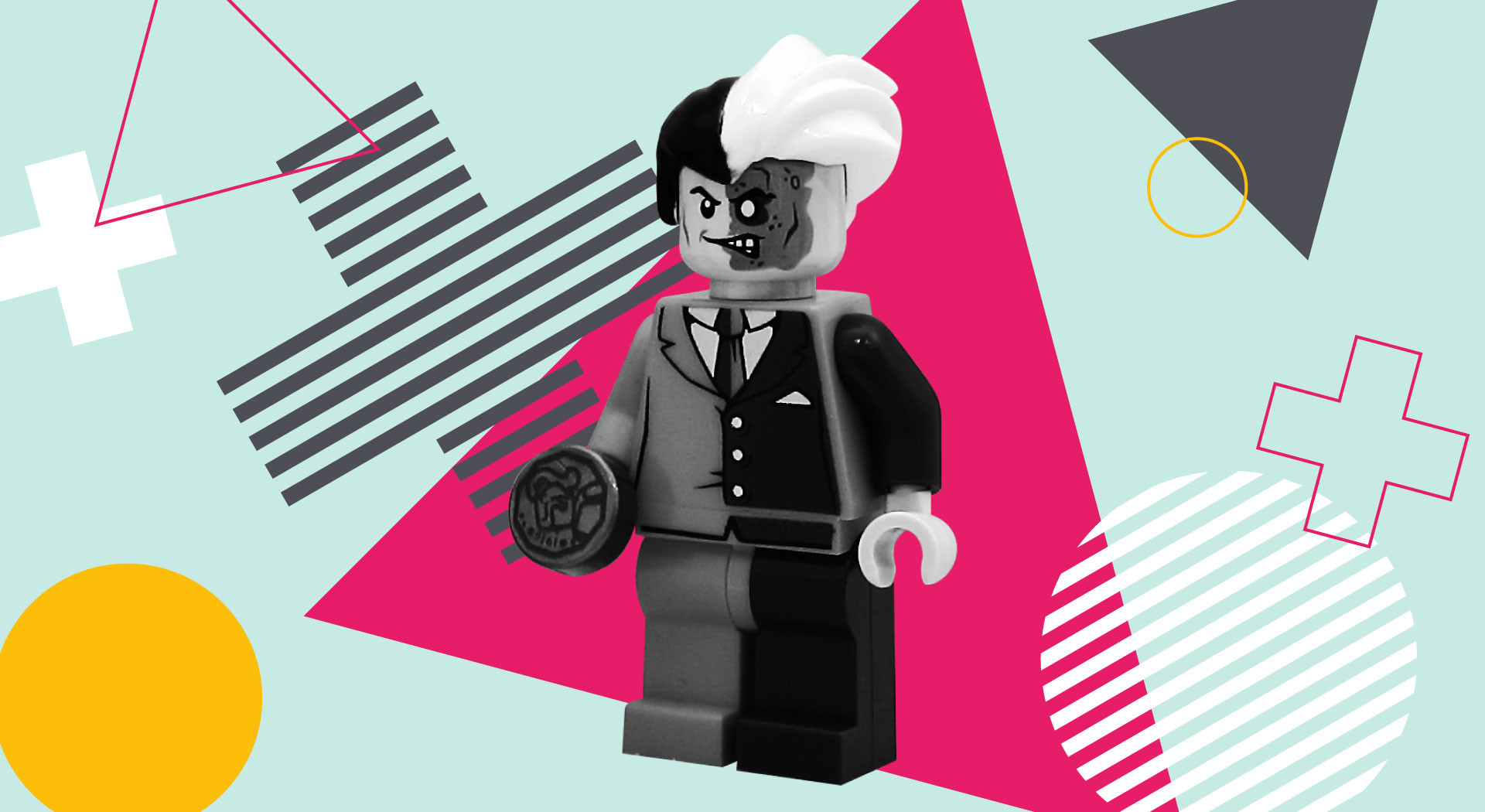

Dual branding can be tricky, and it’s easy to end up with a dog’s dinner if a considered approach isn’t taken. However, with the right approach, it can be done successfully. At Studio Bifrost, a number of marketing managers, communications directors, and business leaders have come to us over the years and asked us to dual brand a project. We've learned a thing or two about how to make it work.
But how do you avoid the pitfalls and create a design that blends the two brands beautifully?
Here are our top tips!

What’s the hierarchy?
Before you jump ahead and think about which colours and fonts to use, first, you need to ask what the relationship between the two brands is. Is one more important than the other, or must they be represented equally? Do they sit under an umbrella brand? An example would be two products or services an organisation supplies or sells, and then you are actually dealing with three brands.
For example, if you’re communicating the merger of your business with another to your customers, what will happen to the two brands after the union is complete? If your brand will continue to exist, or even if it won’t and it’s the first time you’re communicating the merger to your customers, perhaps this piece needs to be in your brand’s style with the other company’s logo next to yours and true dual branding isn’t required. If the long-term aim is for the other brand to be the only one, you could use this opportunity to introduce their visual style through dual branding or all in their visual branding style.
If there are several potential routes, like in the example above, check your marketing strategy and research to ascertain what your audience may expect, how they may react and tailor the visual solution to their needs.
If there’s an easy solution, do it!
Sometimes, the best way to deal with dual branding is not to! Suppose you can correctly communicate the hierarchy of the brands with an easy solution like placing one logo in a banner at the top or bottom, potentially with a bit of text like “In partnership with” or similar. In that case, you can save a lot of hard work and time.

Check the common ground
If you’ve decided that marrying together the two visual styles for your two brands is imperative, and you know which, if either of the brands is dominant, the next stage is to compare the visual branding styles of both brands to check for similarities.
Are the colours, fonts or other graphic elements similar or the same? If so, this makes merging the two styles much easier because you have fewer design decisions to make. You can use the common ground to leverage brand recognition from both brands.
Should I stay or should I go?
The next stage is choosing which elements of the two visual branding styles should be part of your dual-branded piece or campaign.
This decision might be made by the hierarchy of the two brands you’ve already found in common between them.
If one brand should be more dominant than the other, choose more components or more visually impactful components from the dominant brand. In this instance, the primary brand could be represented through colour and fonts, with patterns and graphic elements from the secondary brand.
If both brands need to be represented equally, you can create balance by taking equal elements from each branding style. For example, if the fonts are the same for both branding styles, you could give each brand equal weighting by using one brand’s colour palette with the other brand’s illustration style, ensuring those illustrations are the design's focal points.

Mix and match can be a recipe for disaster
To avoid a visual look that appears stitched together with no cohesion, make sure every choice creates a visually pleasing combination with the proper positioning, tone and messaging for your target audience.
Even if you are taking the entire colour palette from one branding style and combining it with the illustration style of the other, make sure the two mix well.
It can be trickier to merge two colour palettes or combine a headline typeface from one brand with the body typeface from the other. Only mix and match fonts or colour palettes from the two branding styles if they actually complement each other.
The point here is to create visual harmony, not a clash of styles! Font pairing is an art form, and both brands’ visual styles will have been carefully considered – simply slapping one brand’s body copy typeface on a leaflet design with the headline typeface from the other brand won’t work unless those two typefaces work together. The same applies to colour palettes.
Lay it all out
Once you’ve worked out how to combine the branding styles, the next part is to ensure the layout in your design represents the hierarchy between the two brands. The size and placement of branding elements, including logos, make a big difference to visual hierarchy.
If you have text and images to talk about both brands equally, it’s no good giving one brand the bottom of the exhibition stand, as people are less likely to see graphics closer to the ground! In this case, divide the space vertically, giving each brand equal space.

If, at first, you don’t succeed…
Dual branding can be a trial-and-error process, especially if the two individual branding styles are disparate. Don’t be afraid to go back and try different weightings of elements from each branding style with different layouts to get it right.
There is another way
If it’s really tricky to make the two styles work together, in instances when the styles are very different, it can be better to pursue another option: co-branding. This is when a new branding style represents both brands and their messaging.
It can be a complete branding project and will take longer than dual branding, so it can attract a higher fee. It can be a great solution when two brands have joint initiatives, services, or products. You can combine existing elements from both styles with new elements or graphic devices to create a new, cohesive branding style.
A partnership made in heaven?
Feeling inspired? We'd love to help! We are a team of collaborators that enjoy nothing more than partnering with ambitious clients. Get in touch if you'd like to talk through your next project or get some advice.



